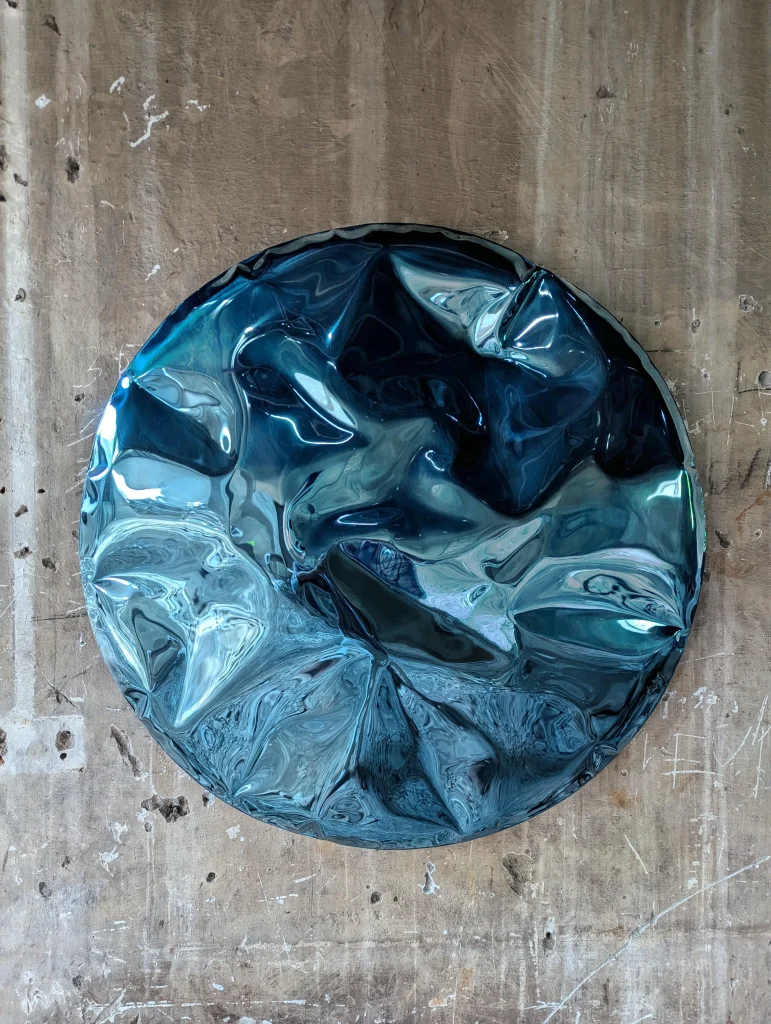
Concrete Jungle: Tropical Brutalism is Having a Moment
In the verdant, humid expanses of the tropics, an architectural movement known as Tropical Brutalism, or Jungle Brutalist, emerged. This style juxtaposes the rugged, unrefined aesthetics of Brutalism with the lush, vibrant environments of tropical landscapes. The rise of this architectural fusion is a testament to the adaptability and enduring appeal of Brutalism, reimagined to harmonize with the natural splendor of tropical regions.
Tropical Brutalism is rooted in the principles of Brutalism, an architectural style that originated in the mid-20th century. Brutalism is characterized by its use of raw, exposed materials, predominantly concrete, and its emphasis on geometric forms and functional design. This style was a response to the ornamental excesses of previous architectural movements, championing an aesthetic of honesty and simplicity.
As Brutalism spread globally, architects in tropical regions began adapting its principles to their unique environmental and cultural contexts. The combination of concrete’s durability and its thermal properties made it an ideal material for the humid, often harsh climates of the tropics. Thus, Tropical Brutalism was born, blending the raw, utilitarian aspects of Brutalism with the organic, fluid elements of tropical environments.
Tropical Brutalism has gained traction in recent years, partly due to its aesthetic appeal and partly due to its functional benefits. The style’s emphasis on natural materials and integration with the environment resonates with contemporary values of sustainability and ecological consciousness. Additionally, the robust nature of Brutalist design provides a practical solution to the challenges posed by tropical climates, such as high humidity, heavy rainfall, and intense heat.
This architectural approach withstands these conditions while also taking advantage of them. The dense mass of concrete can absorb heat during the day and release it at night, helping to regulate indoor temperatures. Furthermore, the flexibility of concrete allows for innovative designs that include overhangs, louvers, and other elements that provide shade and promote airflow, enhancing comfort in tropical settings.


Photography by Frank Frances


Diplo’s Jungle Mansion: A Case Study
A striking example of Tropical Brutalism and a big reason it’s having a moment right now is the newly constructed mansion of Grammy-winning DJ and producer Diplo, situated in the lush landscapes of Jamaica. As seen in Architectural Digest, this private retreat exemplifies the harmony between Brutalist architecture and tropical aesthetics. Designed by Lauren Crahan of Freecell Architecture, with contributions from architectural designer Gia Wolff, the mansion is a testament to the collaborative spirit and artistic vision that define this style.
Diplo’s mansion features an array of concrete and wooden structures that blend seamlessly with the surrounding jungle. The property includes a main house, guest accommodations, and a freestanding recording studio pavilion, all interconnected by bridges, trellises, and breezeways. This integration creates a fluid indoor-outdoor living experience that embraces the natural environment.
One of the mansion’s standout features is the custom sound system designed by Lucas Muñoz, an Adorno designer known for his innovative use of raw materials. This bespoke piece not only serves a functional purpose but also acts as a sculptural element, embodying the fusion of art and architecture that is central to Tropical Brutalism.
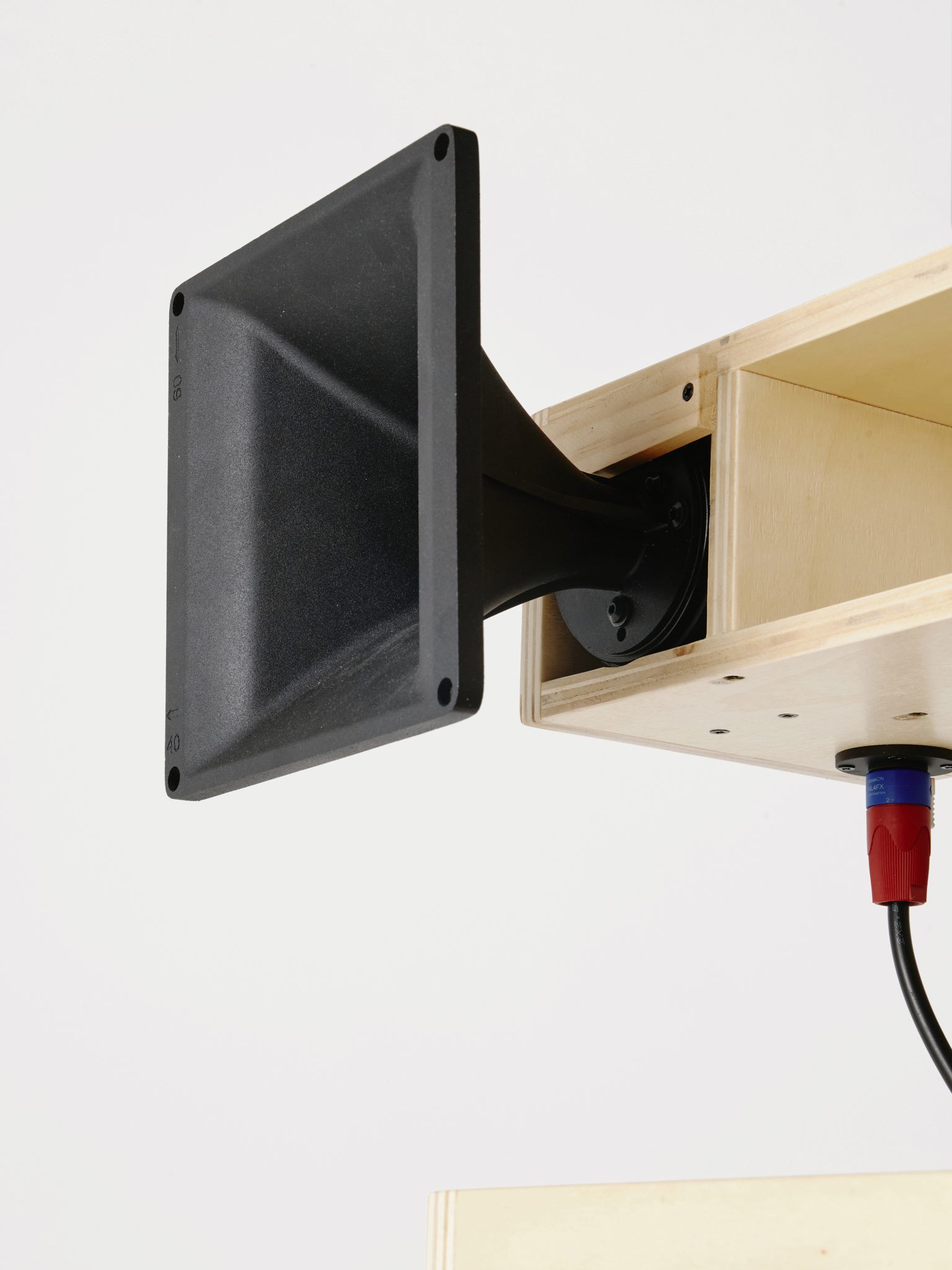



Characteristics of Tropical Brutalism
On Adorno, numerous designers exhibit pieces that align with the principles of Tropical Brutalism. These designs emphasise the use of concrete, raw wood, symbolism, and the interplay between organic forms and brutalist geometric structures.
Concrete Contrasts
Concrete, a hallmark of Brutalist design, is prominently featured in many Adorno pieces. For instance, the work of designer Thalis Nicolau often incorporates this material in innovative ways. His lamp sculpture “Touch My Buddy” is a prime example, combining functionality with a raw, unrefined aesthetic that complements the Brutalist architecture. Another notable piece is the concrete table “Leo” by Stone by Hand. Hawk Latham, the artisan behind the brand, creates robust yet elegant tables that blend seamlessly with both indoor and outdoor spaces. His use of concrete, as simple architectural structures, epitomizes the fusion of the industrial which in nature defines Tropical Brutalism.














Dark and Raw Wood
Raw wood, often dark hardwood with its deep textures and tones, is another key element in Tropical Brutalist design. Adorno features several designers who excel in using this material to create striking pieces that resonate with the ethos of this style. Pieces from Brazil and other South and Meso-American communities especially utilize the hardwood of these regions in sustainable ways to create durable and oftentimes upcycled designs made to last a lifetime.
The communal dining table in Diplo’s mansion, crafted by Bildad DeLeon from a slab of Brazilian angelim pedra, is a perfect example. Similarly, the “Ti01” table by TOGIGI made from solid walnut serves as a focal point for communal dining areas. Its raw beauty and natural shapes enhance the rugged elegance of spaces both indoor and outdoors.
Handcrafted wooden furniture by Adorno designers like Marco Calhau and Project 213a also exemplifies this approach with pieces, often made from reclaimed wood, celebrating the material’s natural imperfections and unique grain patterns, creating functional art that integrates seamlessly with the surrounding environment. A wooden masterpiece like the Aurum Cabinets from PECA, takes it to the next level by covering the wood with gold lief, almost giving hints to a hidden Eldorado deep inside the jungle.






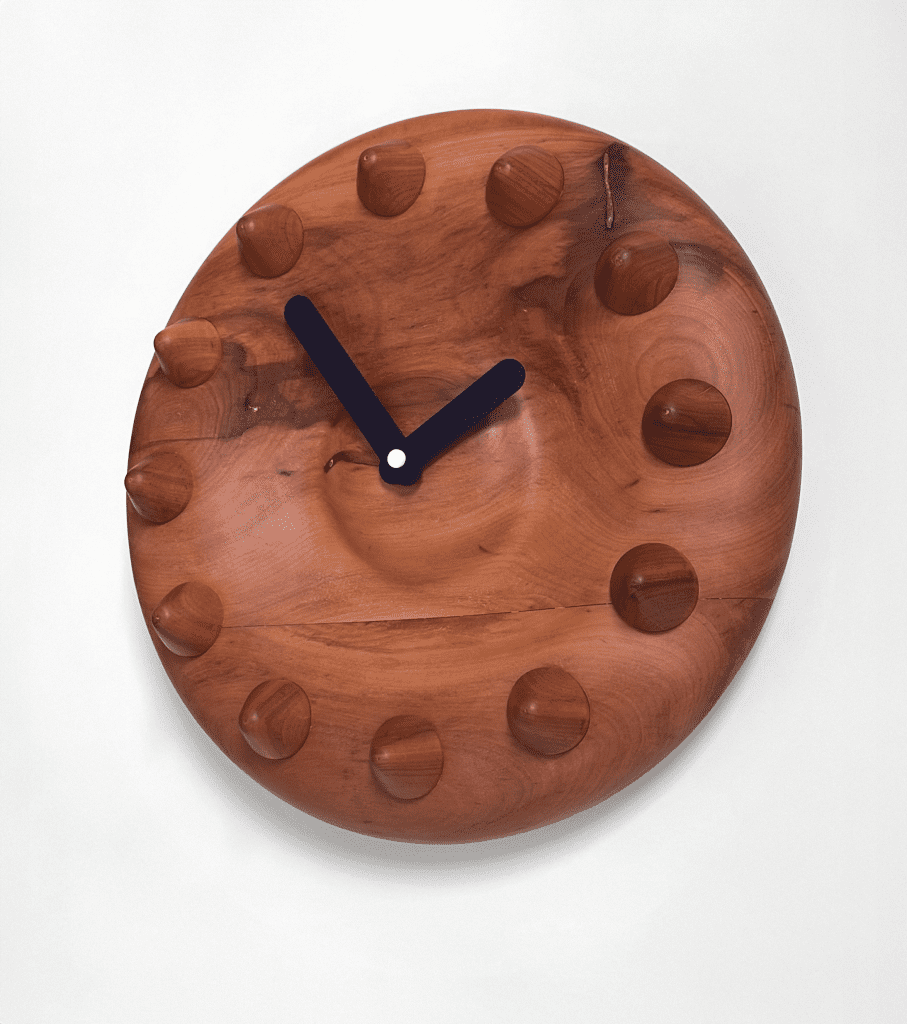



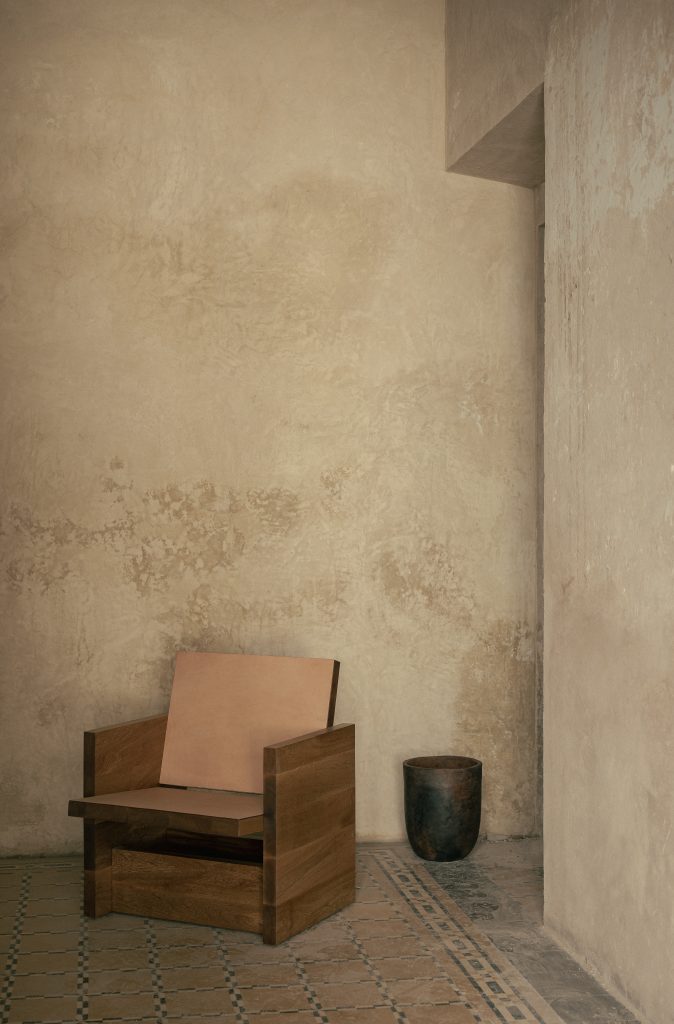











Organic and Geometric Contrasts
The interplay between organic forms and geometric structures is a defining characteristic of Tropical Brutalism. This contrast creates a dynamic tension that adds visual interest and a sense of balance to the design.
Adorno showcases several pieces that embody this principle. The “Bauhaus” vases by Brazilian Carol Gay is a striking example. Inspired by the geometrical shapes that defined the Bauhaus era, the base is a wooden triangle, square or circle, holding the handblown glass vase which has the size to contain a forest of flowers. Revealing the geometric lines behind, the vase creates a harmonious dialogue between the natural and the man-made.
Similarly, the sculptural works of Axoque Studio highlight this interplay. Abstract forms, crafted from raw materials such as wicker, provide a counterpoint to the strict geometries of the wooden structures, adding depth and complexity to the overall design.






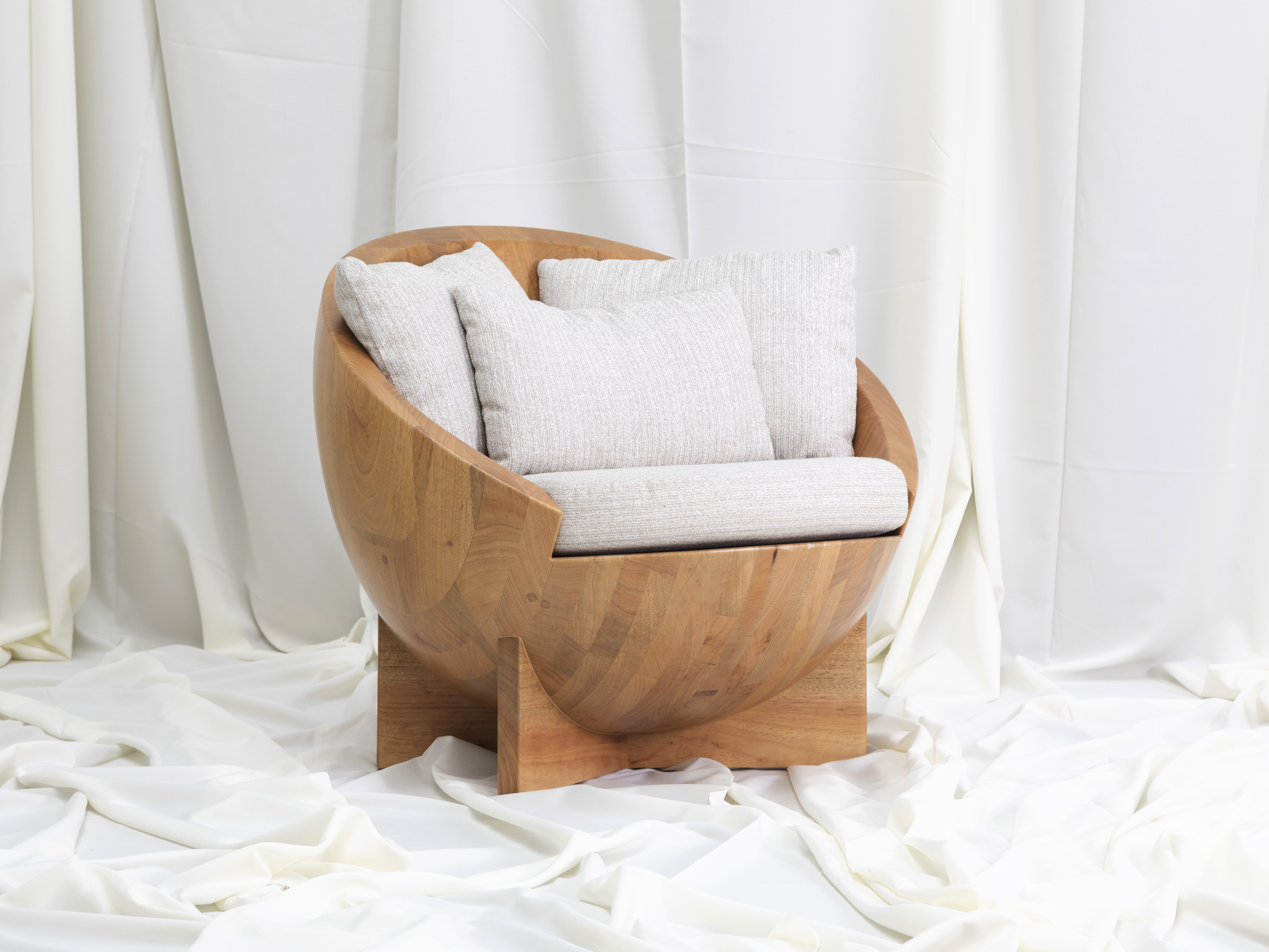





Symbolism drawn from Ancient Cultures
The appearance of symbolism naturally takes a stage in this significant style, drawing inspiration from the indigenous cultures of the tropical forests. Totems, Symbols, and references to ancient tales bring us back to the temples of the forests blending geometry beautifully with untouched natural environments.
The work of the Mexican studio Ayes is studying this field in many of their pieces. For example the “Amazonas” collection, that resembles the temple architecture of the “AMAZONEUM”, a place where the great warriors of the ancient civilisations could rest and connect with the gods.
Also, Salvador from Lørdag & Søndag is exploring symbolism in his work. The Wahkan side table, handmade in Jalisco from Mexican Oak Wood, draws inspiration from a Teotihuacan clay figurine, beautifully capturing the essence of a woman adorned in traditional attire. It intricately represents a woman clad in a skirt, draped with a shawl, and embellished with a necklace, earrings, and an elaborate headdress. This artistic interpretation pays homage to the rich cultural heritage of Teotihuacan, an ancient Mesoamerican city known as “The City of the Gods” in Nahuatl.
Located northwest of Mexico City, Teotihuacan stands as a monumental archeological site, its artistic legacy echoing through pre-Hispanic artifacts and architecture across various regions of Mexico and Guatemala. This side table not only serves as a functional piece of furniture but also as a bridge connecting the contemporary art scene with the profound historical and cultural narratives of ancient civilizations.




















With Diplo’s jungle mansion standing as a prime example of this architectural approach, it’s showcasing the harmonious integration of Brutalist principles with the lush, vibrant landscape of Jamaica. Through collaborations with designers like Lucas Muñoz and Bildad DeLeon, the project highlights the potential of Tropical Brutalism to create spaces that are both welcoming and beautiful.






Styling by Tessa Watson
Adorno’s curated collection further demonstrates the versatility and appeal of this style. By featuring pieces that utilise concrete, raw wood, and the contrast between organic and geometric forms, Adorno continues to push the boundaries of contemporary design, offering crafted work that are both timeless and cutting-edge. As Tropical Brutalism continues to gain recognition, it stands as a testament to the enduring appeal of Brutalist principles, reimagined for the modern world. This architectural style celebrates the raw, unrefined beauty of natural materials and embrace the dynamic interplay between the built environment and the natural world, creating spaces that are both resilient and inspiring.
More Tropical Brutalism to love
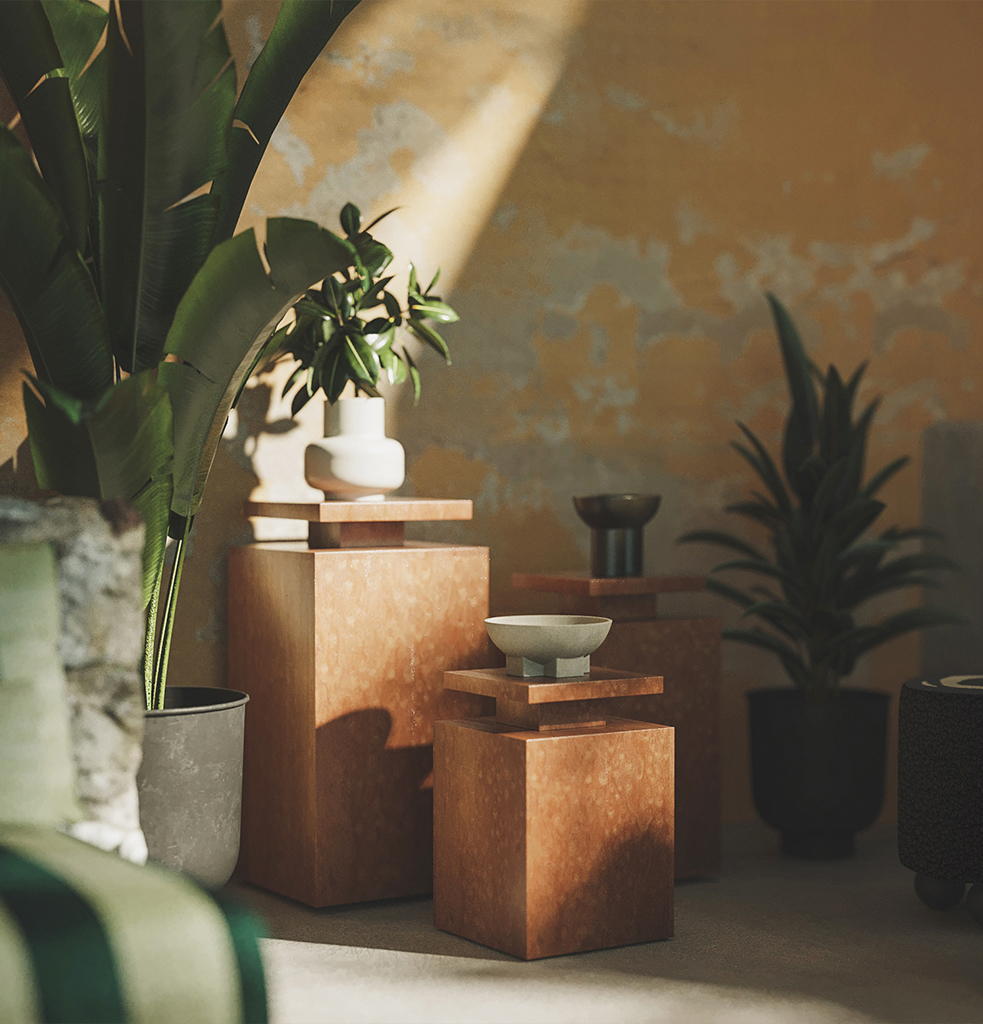

































Shop the Entire Selection of Pieces Embracing Tropical Brutalism
-

 “Juno” Rug
“Juno” Rug -

 Dank Pouf
Dank Pouf -

 S.S Series, Sound System 03
S.S Series, Sound System 03 -

 Vilma – Wood Display Cabinet
Vilma – Wood Display Cabinet -

 Abrigo Credenza – Handwoven Wood Cylinders/ Cotton Threads
Abrigo Credenza – Handwoven Wood Cylinders/ Cotton Threads -

 Sculpt – Bar Cabinet
Sculpt – Bar Cabinet -

 Droplet – Circular Minimalist Dining Table
Droplet – Circular Minimalist Dining Table -

 Terra Coffee Table
Terra Coffee Table -

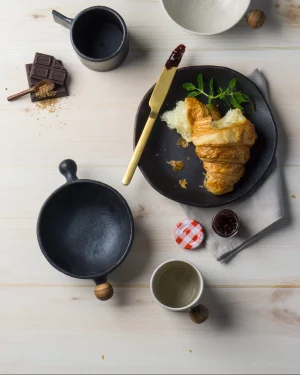 Black Ball Bowl
Black Ball Bowl -

 Object112 – Wooden Side Table/Low Stool
Object112 – Wooden Side Table/Low Stool -

 “Meteorite” soundsystem
“Meteorite” soundsystem -

 Bolo – Handcrafted Mahogany Settee
Bolo – Handcrafted Mahogany Settee -

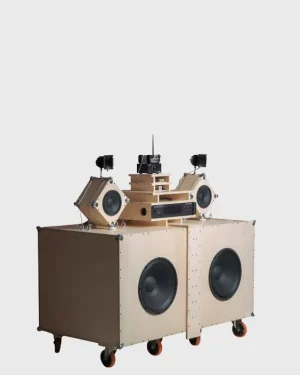 S.S Series, Sound System 02
S.S Series, Sound System 02 -

 Bulbo Stool – Upholstered Blown Glass Stool
Bulbo Stool – Upholstered Blown Glass Stool -

 Bo Armchair
Bo Armchair -

 Mat Pouf
Mat Pouf -

 Hook Dining Table
Hook Dining Table -

 Aurum – Leaf Cabinet 40 Cm Storage
Aurum – Leaf Cabinet 40 Cm Storage -

 Fos Puff 01
Fos Puff 01 -

 La Puerta – Wood and Plaster Dining Table
La Puerta – Wood and Plaster Dining Table -

 Atrium – Wood / Metal Bookshelf
Atrium – Wood / Metal Bookshelf -

 Horn – Hand Woven Armchair
Horn – Hand Woven Armchair -

 Tronco Bench – Stainless Steel Bench
Tronco Bench – Stainless Steel Bench -

 Objects Of Legacy No. 4 – Teak Coffee Table
Objects Of Legacy No. 4 – Teak Coffee Table -

 Dervish Table Lamp
Dervish Table Lamp -

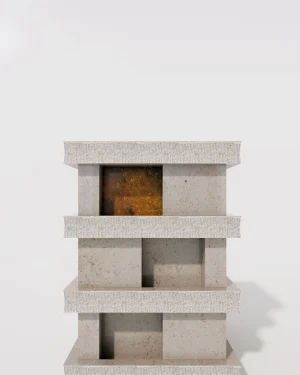 Cornerstone – Stone Sidetable
Cornerstone – Stone Sidetable -

 Layered Landscape – Ceramic Wall Lights
Layered Landscape – Ceramic Wall Lights -

 Peony – Sculptural Floor Lamp
Peony – Sculptural Floor Lamp -

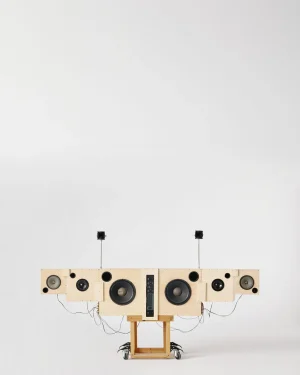 S.S Series, Sound System 01
S.S Series, Sound System 01 -

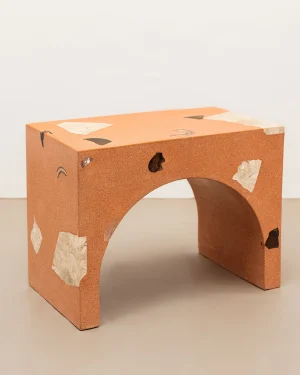 Terrazzo Stool Nu
Terrazzo Stool Nu -

 Textile Poster No. 10 – Geometric Wool Tapestry
Textile Poster No. 10 – Geometric Wool Tapestry -

 Aurum – Gold Leaf Cabinet 120 Storage
Aurum – Gold Leaf Cabinet 120 Storage -

 Temporal Collection, Exercise 1 Shelf
Temporal Collection, Exercise 1 Shelf -

 Disc – Stoneware Table Lamp
Disc – Stoneware Table Lamp -

 Aurum – Gold Leaf Cabinet 100 Cm Storage
Aurum – Gold Leaf Cabinet 100 Cm Storage -

 Biblioteca De Referências I – Wood Chest
Biblioteca De Referências I – Wood Chest
